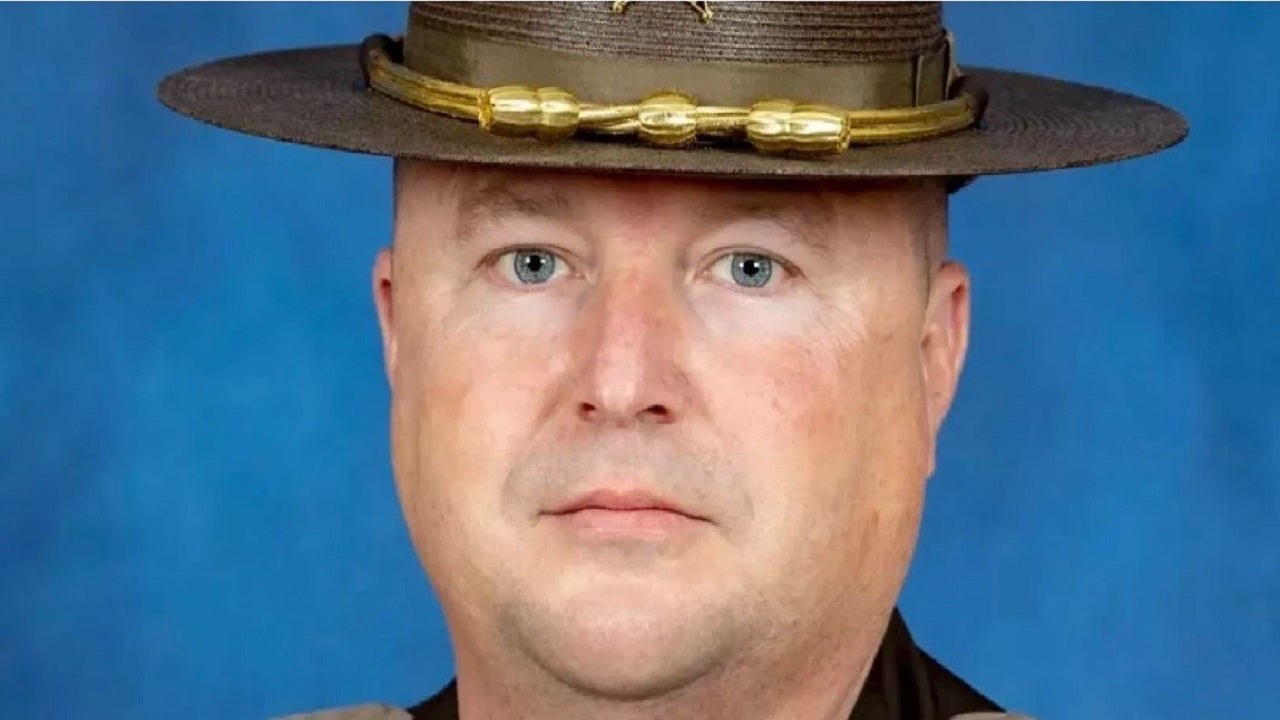During an 18-hour span, a white mob attacked residents, homes and businesses in the predominantly Black Greenwood district of Tulsa, Oklahoma. Hundreds of people were killed and thousands left homeless.
A very happy birthday is in order for Viola Fletcher. Fletcher is the oldest known living survivor of the 1921 Tulsa Race Massacre. She was just 7 years old when tragedy, fueled by racism, rocked the Greenwood district of Tulsa, Oklahoma.
On May 5 she turned 107.
Fletcher may have only been a little girl, but she will never forget what happened from May 31 to June 1, 1921.
During the 18-hour span, a white mob attacked residents' homes and businesses in the predominantly Black district of Greenwood in Tulsa, Oklahoma. Hundreds of people were killed and thousands left homeless. It was deemed one of the “worst incident of racial violence in U. S. History.
On May 31, 1921, white groups attacked an area of Tulsa, known as Greenwood, which was lauded for its prosperous Black businesses and often called the Black Wall Street. Those white mobs burned the area to the ground and murdered numerous people in a span of 18 hours. The massacre began after a black teen, Dick Rowland, got onto an elevator with a white elevator operator, Sarah Page, at the Drexel building in the city. Rowland was accused of rape.
Historian Scott Ellsworth, who has been studying the massacre for over four decades, said no one knows what actually happened.
“He might have tripped and fallen onto her when he entered the elevator. We don't know. But the next day, the Tulsa Tribune, which was the city's afternoon daily newspaper, instead portrayed this unknown incident as an attempt, an interracial rape attempt by this young man,” Ellsworth told Inside Edition Digital in 2020. "It also ran an editorial entitled, 'To Lynch a Negro Tonight,' on the editorial page. Essentially calling for a white lynch mob to take Rowland out of the jail at the top floor of the county courthouse and lynch him.”
Within a few hours a lynch mob began growing at the courthouse and demanded the sheriff hand over the teen, which police would not.
Around 75 armed Black men, including World War I veterans, showed up to the courthouse in hopes of helping guard Rowland, but the group was met with a mob of more than 1,000 white men who also had weapons, according to History.com. Shots were fired and the Black men retreated to Greenwood. A night of terror then ensued.
Fletcher told Oklahoma State University's Oklahoma Oral History Research Program in 2014 that she "was real young" at the time and had few memories of the massacre. She will be taking part in a panel discussion of the massacre and efforts to recognize Tulsa’s history during the Centennial, People reported.
Fletcher and fellow survivor Hughes Van Ellis, who was a baby when his family fled the riots, both recently returned to Tulsa's Greenwood District to attend a panel discussion on the massacre ahead of its centennial, according to the OU School of Social Work, People reported.
Both are part of a lawsuit against the city of Tulsa for its part in the race massacre, during which hundreds of Black men and women were killed, with their bodies left in mass graves, some of which still have not been found, according to the school’s release.
Over the last year, experts have been searching local cemeteries for victims of the massacre. In October 2020, investigators discovered a set of human remains in a Tulsa cemetery. In July, a team of scientists, archaeologists and forensic anthropologists started digging at Oaklawn Cemetery with the hopes of discovering victims of the massacre.
Mayor G.T. Bynum called it “a historic day for Tulsa and for our country,” during a press conference. “It should not have taken 99 years for us to be doing this investigation. But this generation of Tulsans is committed to doing what’s right by our neighbors, and following the truth, wherever it leads us.”
On Tuesday, Fletcher took part in a press conference alongside members of the 1921 Race Massacre Centennial Commission to fight HB 1775, a bill recently signed by Gov. Kevin Stitt that would ban schools from teaching certain topics about race and gender, according to Fox affiliate WXXA.
"Telling the story of 1921 requires confronting and sharing the facts about this horrific period in Oklahoma's and Tulsa's history. It also demands an exploration of the underlying causative factors," the commission wrote in a letter, People reported. "HB 1775 chills the ability of educators to teach students, of any age, and will only serve to intimidate educators who seek to reveal and process our hidden history.
In the 100 years since the tragedy, Fletcher has led a remarkable life, according to her oral history.
She went on to marry Robert Fletcher in 1932, and moved to California with him during World War II. Both worked in the shipyards. She was an assistant welder and laid slabs of steel to build ships.
After the war, the couple was said to have settled in Oklahoma, where they had three children together. Fletcher eventually retired from work at age 85.
In 2014, Fletcher told Oklahoma State University's Oklahoma Oral History Research Program her secret for staying so youthful was simple. "We just do the things that are good for you," Fletcher said. ”Sleeping and eating and exercising."
"It's no problem with me."
Related Stories





